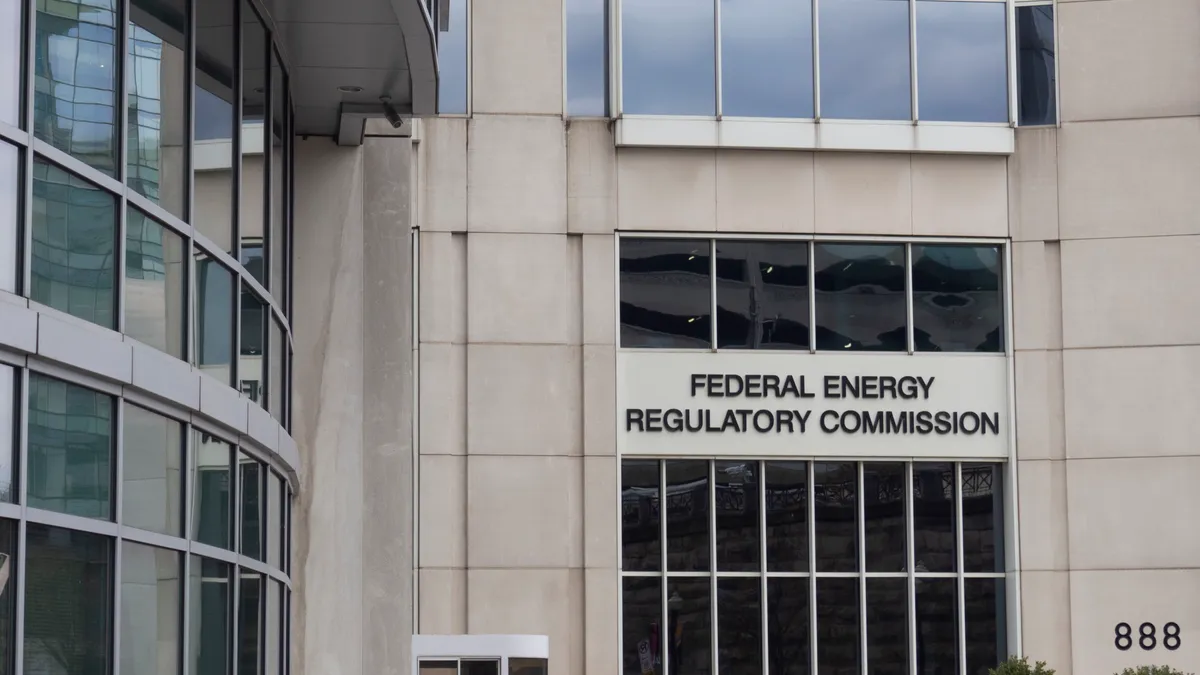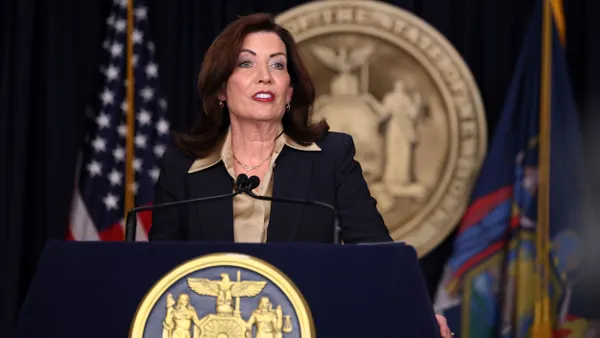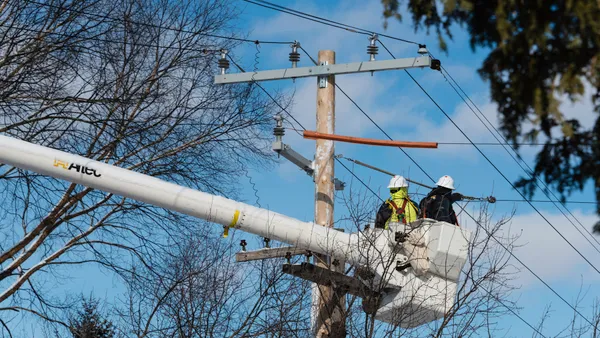A White House executive order claiming authority over federal agencies could delay two vital Federal Energy Regulatory Commission initiatives, former commissioners from both political parties agree.
FERC Orders 1920/1920A, reforming transmission planning, and 2023/2023A, reforming interconnection rules, are crucial as the U.S. power system confronts spiking demand growth and increasing extreme weather events, former Republican and Democratic commissioners said.
But a February 18 presidential executive order, or EO, requires White House review of independent agency rulings, and court battles over its legality are likely, they also agree.
How the EO is applied will determine if the congressionally established bipartisan commission is “working for the public interest and not the private special interests,” President Trump-appointed Chair Mark Christie acknowledged in a February 21 press conference.
The White House did not respond to requests for comment on this story.
“This administration seems to be putting itself in the place of laws passed by Congress and precedents set by the courts establishing FERC independence,” said President George W. Bush-appointed former Commissioner Nora Mead Brownell. “That's unhealthy, unwarranted, and unprecedented, and will lead to a great degree of uncertainty and some bad decisions.”
The orders could lead to a more robust transmission system and streamlined interconnection of new generation to address the energy emergency declared Jan. 20 by the president — if implementation is not impeded by legal debates.
Planning robust transmission
Order 1920, issued in May, required regional transmission providers to periodically update transmission planning in anticipation of long term needs, FERC spokesperson Celeste Miller said.
Key features include a requirement to consider multiple transmission benefits, allocation of costs to customers according to those benefits, and a bigger role for state stakeholders. The seven specified economic and reliability benefits enumerated in Order 1920 increase the potential value of regional transmission, a FERC staff presentation said.
The key feature of Order 1920-A, a revised version of the original order, which took effect in January, was more state stakeholder participation, a FERC staff presentation said. Instead of the seven 1920-specified benefits, it required consideration of “economic and reliability benefits,” and it sustained 1920’s provision of incumbent transmission providers’ right of first refusal, or ROFR, of proposed projects, the staff added.
In states that allow ROFRs, “utilities can avoid the competitive bidding process by developing transmission outside the regional planning process,” said former FERC Chair Richard Glick, who was appointed by President Trump and named chair by President Biden. The absence of a federal ROFR is a “perverse incentive” that can undermine more robust regional planning, he added.
The changes made by 1920-A give the states “far more effective tools,” Chair Christie’s concurrence said. It allows states “sufficient flexibility and authority to protect their consumers from paying unfair or unnecessary costs” and “should and must inform the compliance process,” he emphasized with italics.
“Orders 1920 and 2023 are two of the most important milestones in a long incremental process,” said President Clinton-appointed former FERC Chair James Hoecker. But “the concern now is that the compliance filing approval process, which is where the rubber meets the road in regulation, may not be effective if FERC is not allowed to work independently of the administration,” he added.
That debate may “take crucial time away from initiating transmission planning and streamlined interconnections,” Hoecker said. And it is a particularly unnecessary effort to control “a functioning independent agency with a thousand active cases that pays for itself through fees,” he added.
States can protect incumbent utilities or support regional interests, “but only FERC can guide the compliance process toward competitive bidding for regional projects,” said former Commissioner Brownell. “Utilities and utility regulation need to go beyond protecting the incumbent against competition to protecting consumers as well,” she added.
The Trump EO may similarly take vital time away from implementing the Order 2023 interconnection reforms, stakeholders said.
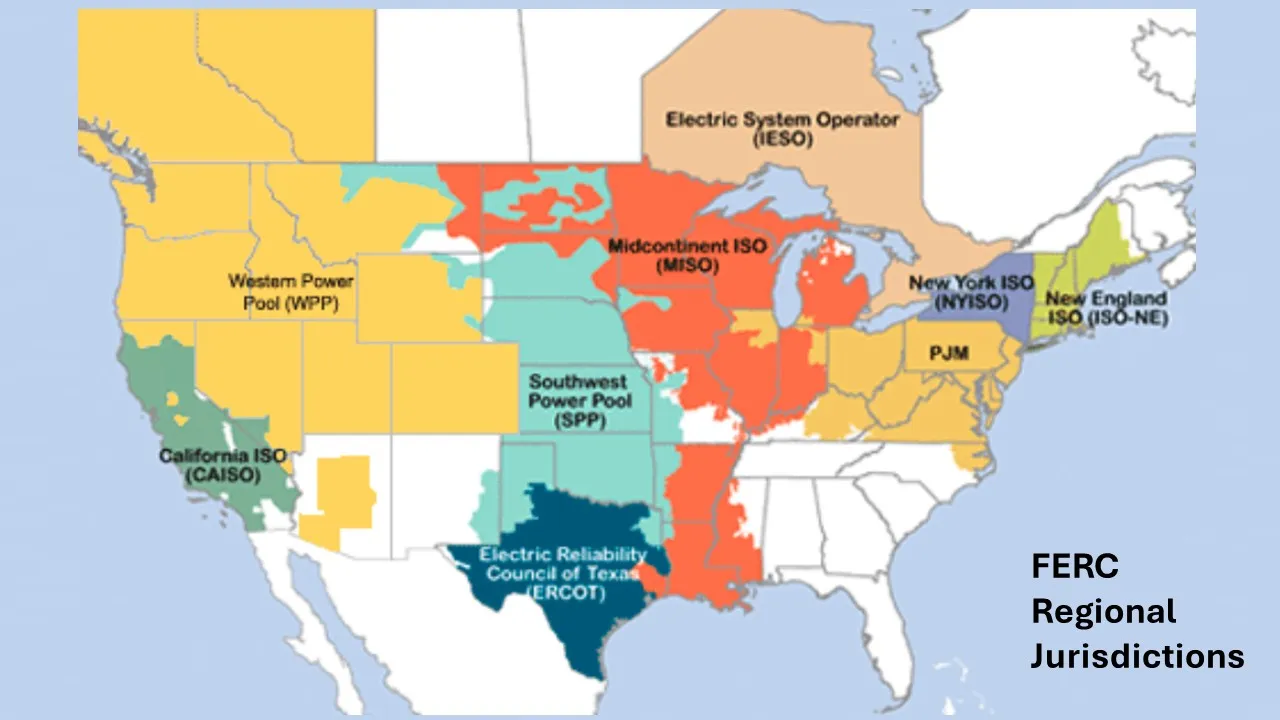
Streamlined interconnection
Generation awaiting transmission interconnection approval grew from 2,041 MW in 2023 to to 2,598 MW in 2024, a single year increase of 27%. Order 2023, which required compliance filings by May 16, 2024, addresses those worsening delays.
The burdensome “first-come, first-served” process of studying interconnection applications must shift to a more efficient “cluster study process,” according to Order 2023, which FERC issued in July 2023. It also imposed penalties for transmission providers that fail to complete studies on time and stricter financial readiness, cost allocation, and site control rules for interconnection applicants.
Transmission providers must now consider advanced transmission technologies, enable co-location of resources at a single interconnection point, and use more granular data, FERC’s Explainer said.
Order 2023-A , issued in May, adjusted deadlines, definitions of readiness for study and site control, and cost-sharing for system upgrades by generators at a single interconnection point, the 2023-A Explainer said. It also detailed penalties for queue withdrawal and guidelines for projects that could impact other projects, it added.
Subsequently, both the PJM Interconnection’s Reliability Resource Initiative and the Midcontinent Independent System Operator’s Expedited Resource Adequacy Study controversially proposed interconnection “queue jumping” for favored resources to address the current reliability “emergency” resulting from electricity demand spikes, several commissioners said.
Commissioner Judy Chang’s dissent to the PJM plan’s approval called it “the worst of both worlds” by compromising “open access principles with no guarantee it will resolve PJM’s reliability issue.” The dissent demonstrated the great value of independent FERC debate in addressing the current “emergency,” several former commissioners said.
“One of FERC’s roles as an independent agency is to define an emergency,” said former Commissioner Brownell. A data center builder and a key community manufacturer might both want to interconnect generation, but both require careful FERC scrutiny “because both may not be emergencies,” she said.
The biggest threat of the EO is its potential impact on FERC’s freedom to exercise that kind of independent scrutiny, the former commissioners said.
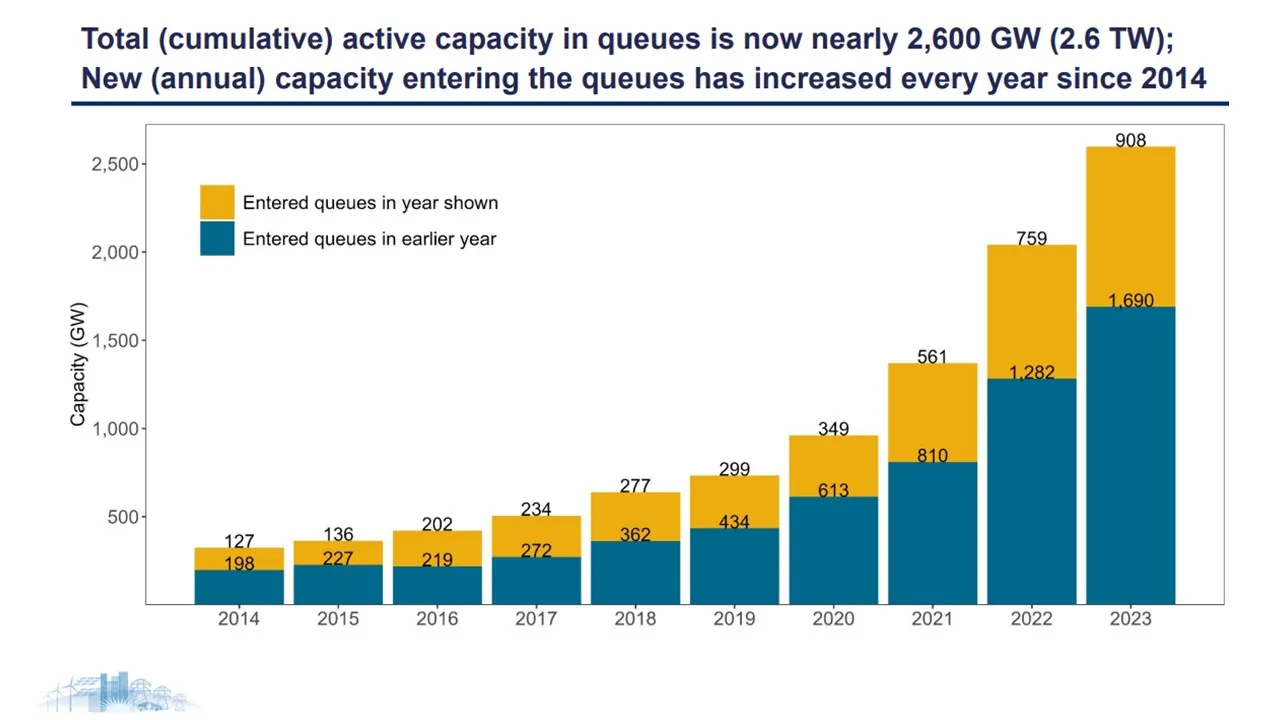
The executive order
Commissioners appointed by both Republican and Democratic Presidents said the implementation of Orders 1920 and 2023 could be delayed by the debate over the Trump EO’s legality.
Federal agencies must “submit draft regulations for White House review — with no carve-out for so-called independent agencies,” the Executive Order asserts. And they must “consult with the White House on their priorities and strategic plans, and the White House will set their performance standards,” it adds.
But the executive branch doesn't have “the expertise and knowledge” of the laws guiding FERC, like the Federal Power Act and the DOE Organization Act, said George W. Bush-appointed former FERC Chair Joseph Kelliher. They “are unlikely to understand the issues” or “review the flood of significant regulatory actions in a timely manner.”
Former Chair Hoecker agreed. “In my recent interactions with railroad and highway regulators about co-locating transmission in existing rights of way, it is clear how complicated building transmission seems” outside the energy sector, but “FERC is a master at complex oversight and applying the law in a very constructive way.”
Executive branch interpretations of FERC orders without knowledge of relevant laws would likely lead to time-consuming judicial reviews “and the courts would tend to reaffirm the precedents,” Kelliher said. The EO’s “stated concern with accountability extends the president's power over independent agencies, but that was limited by the precedent set by the Humphrey's Executor decision,” he added.
Unless that precedent is overturned, a president cannot ignore the Supreme Court, Kelliher said. The first independent agency, the Interstate Commerce Commission, was created by Congress in 1887 to ensure “merit-based regulatory decisions instead of politically-based decisions,” and “FERC is probably more disposed to merit-based decisions that reflect the litigated record than any other independent agency,” he added.
The Trump EO would “politicize decisions by regulatory agencies, and politically driven decisions will not tend to be merit based,” Kelliher said.
The EO’s potential to impede compliance filing reviews is a concern, said former FERC Chair Jon Wellinghoff, who was nominated by President George W. Bush and designated chair by President Obama. But, more importantly, the legal debate could impede “the diligent, continuous monitoring of the FERC orders’ implementations,” he stressed.
The reviews are less concerning because the White House is unlikely to get into “the details of transmission planning, interconnection, and demand side resources,” Wellinghoff said. The EO calls for independent agencies to submit proposed regulations for review, but “as Chair Christie pointed out, major orders undergo some review already,” he added.
To those points, Hoecker and Glick agreed. The EO will likely not impact FERC significantly, Wellinghoff continued. But “there are elements within the administration who may, from a non-independent administrative political position, attempt to impose certain actions on FERC that would be contrary to the public interest,” he said.
“It is important for FERC to have independent commissioners acting in the public interest” because, more than politicians, “they understand the intricacies of a very technical industry,” Wellinghoff said.
All the former commissioners are concerned about time lost to legal questions. The debate over FERC’s independence could delay 1920 and 2023 compliance filing approvals, said former Commissioner Brownell. “And right now the U.S. economy urgently needs the changes that will be driven by implementation of those orders,” she added.
Trump-nominated former Commissioner Allison Clements agreed. “Any time wasted in legal or political reviews will further limit this country's effort to build a more reliable, affordable power system,” Clements said. “The executive order is flatly and plainly illegal and it will not be upheld in the courts,” she added.
“The executive branch has every opportunity to influence public policy by working with Congress to pass laws,” Brownell said. “And it can carefully vet commissioners before they are appointed and replace them if necessary,” she added.
“Congress needs to give FERC the authority it needs to be the adult in the room on issues like cost allocation and siting,” Brownell added. Otherwise, the EO “will have a chilling effect on markets because investors will be unlikely to risk hundreds of billions of dollars on investments regulated by politically-influenced non-transparent decisions.”






